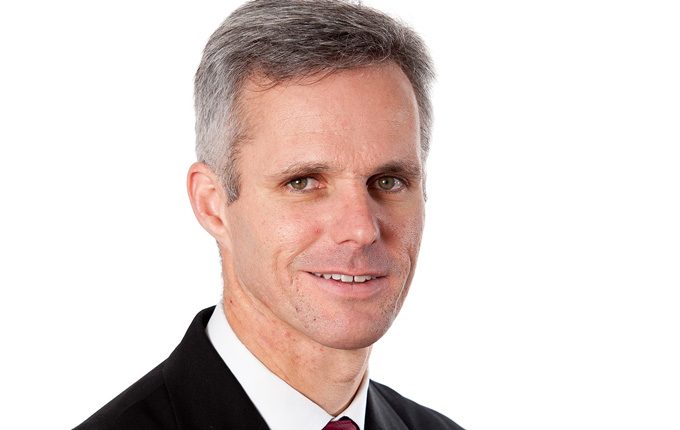Tasplan's CIO speaks out for the first time on the challenges and triumphs of merging with RBF and Quadrant, to form one Tasmanian pension fund.
Register to Access this Exclusive [i3] Insights Article
Create a free account to access exclusive interviews with asset owners, revealing insights on investment strategies, market trends, and portfolio allocations.
If you already have an account you can Login .
If you have any issues registering an account please send us an email at [email protected].

